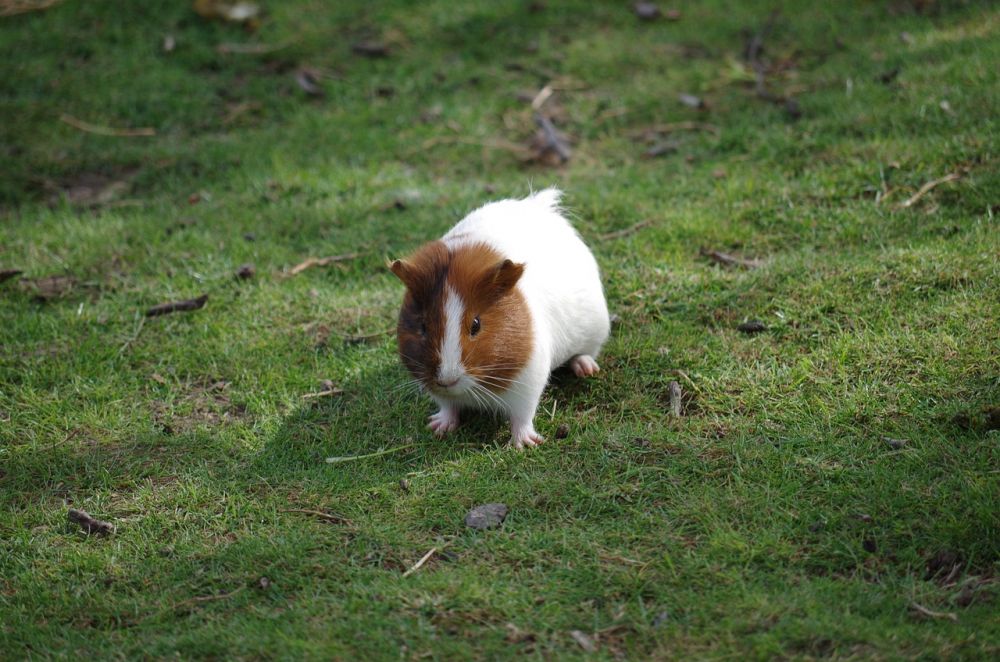Golden hamster: A Comprehensive Guide

Introduction:
The golden hamster, scientifically known as Mesocricetus auratus, is a popular small mammal that is kept as a pet by many individuals around the world. With its adorable looks and friendly nature, it has become a favorite choice for both children and adults alike. In this article, we will provide an in-depth overview of the golden hamster, including its various types, popular breeds, quantitative measurements, differences between them, and a historical analysis of their pros and cons.
I. Overview of the Golden Hamster:

The golden hamster is a small rodent native to the deserts of Syria. It has a stout body with a short tail and can weigh between 100-150 grams. It possesses large, round eyes and cute, rounded ears. Their characteristic golden fur, which inspired their name, covers their body, while their bellies and paws are white. These features contribute to their adorable appearance, making them a highly sought-after pet.
II. Types of Golden Hamster:
1. Syrian Golden Hamster: Also known as the teddy bear hamster, the Syrian golden hamster is the most common and popular type. It can grow up to 6-7 inches in length and has a lifespan of approximately 2-3 years. This breed is highly social and friendly, making it a great choice for families and individuals alike.
2. Dwarf Golden Hamster: The dwarf golden hamster, as the name suggests, is significantly smaller in size compared to the Syrian golden hamster. There are several subtypes within this category, including the Roborovski, Campbell’s, and Winter White dwarf hamsters. These hamsters possess unique characteristics and have distinct care requirements compared to their larger counterparts.
III. Quantitative Measurements:
To measure the size of golden hamsters, various metrics can be considered, such as weight, length, and wheel size.
1. Weight: On average, adult golden hamsters weigh between 100-150 grams. However, the exact weight can vary based on factors such as age and breed.
2. Lengt The Syrian golden hamster measures around 6-7 inches in length, while the dwarf golden hamsters are typically 2-4 inches long.
3. Wheel Size: Providing exercise wheels for hamsters is essential for their physical activity. A recommended wheel size for a mature golden hamster is at least 8 inches in diameter.
IV. Differences Between Golden Hamsters:
There are several key differences between the Syrian and dwarf golden hamsters.
1. Size: Syrian hamsters are larger in size compared to dwarf hamsters. While Syrian hamsters can grow up to 6-7 inches, dwarf hamsters are smaller, ranging from 2-4 inches.
2. Social Behavior: Syrian golden hamsters are solitary animals and should not be housed together, as they may become aggressive. On the other hand, some dwarf hamster breeds, such as the Campbell’s dwarf, can tolerate living with a same-sex companion.
3. Lifespan: Syrian hamsters have a shorter lifespan of around 2-3 years, while the dwarf hamsters can live up to 3-4 years.
V. Historical Overview of Pros and Cons:
Over time, various pros and cons have been associated with different types of golden hamsters.
1. Pros of Syrian Golden Hamsters:
– Friendly and sociable nature.
– Easier to handle due to their larger size.
– Longer lifespan compared to dwarf hamsters.
2. Cons of Syrian Golden Hamsters:
– Requires a larger cage and more space.
– Tendency to become territorial if not kept alone.
– May need more exercise opportunities due to their larger size.
3. Pros of Dwarf Golden Hamsters:
– Smaller size makes them suitable for smaller living spaces.
– Some breeds of dwarf hamsters can cohabitate with others.
– Longer lifespan compared to other small rodent pets.
4. Cons of Dwarf Golden Hamsters:
– May be more delicate and require gentler handling.
– Dwarf hamsters can be faster and more challenging to catch.
– Dwarf hamsters may have specific care requirements depending on the breed.
Conclusion:
Golden hamsters, whether Syrian or dwarf, are captivating pets that bring joy and companionship to many people’s lives. Understanding their characteristics, subtle differences, and care requirements is crucial in providing them with a suitable and fulfilling environment. By exploring the history and advantages/disadvantages of owning a golden hamster, individuals can make informed decisions when considering this adorable creature as a pet.
[INSERT VIDEO HERE – A short clip showcasing golden hamsters playing, exploring, or interacting with their owners.]
FAQ
Can Syrian and dwarf golden hamsters be housed together?
What is the average lifespan of a golden hamster?
What size exercise wheel is recommended for a golden hamster?
Fler nyheter
Bästa veterinären i Sollentuna: Djurvård i världsklass
Introduction: The golden hamster, scientifically known as Mesocricetus auratus, is a popular small mammal that is kept as a pet by many individuals around the world. With its adorable looks and friendly nature, it has become a favorite choice for bot...
05 juli 2025
Skidskola för nybörjare i Stockholm: En guide till snöäventyret
Introduction: The golden hamster, scientifically known as Mesocricetus auratus, is a popular small mammal that is kept as a pet by many individuals around the world. With its adorable looks and friendly nature, it has become a favorite choice for bot...
07 april 2025
Kiropraktor för hästar: Främja välbefinnande genom manuell terapi
Introduction: The golden hamster, scientifically known as Mesocricetus auratus, is a popular small mammal that is kept as a pet by many individuals around the world. With its adorable looks and friendly nature, it has become a favorite choice for bot...
06 april 2025











